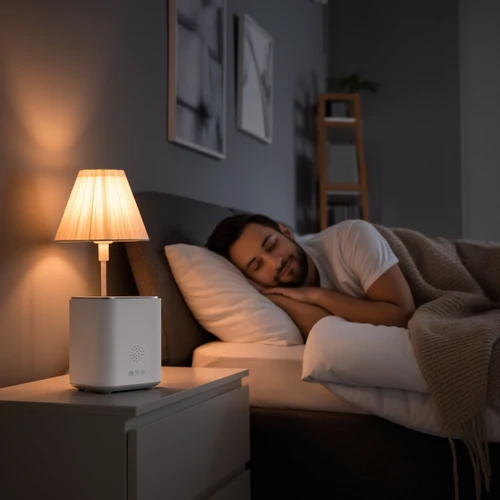White noise machines have become a staple for parents, students, and anyone seeking uninterrupted rest. By masking unpredictable sounds—honking cars, whistling fans, or a neighbor’s nighttime chatter—these devices provide a consistent, soothing backdrop that promotes deeper sleep cycles.
Research shows that a steady sound floor reduces the brain’s need to respond to sudden noises, thus preventing brief arousals that fragment sleep. White noise mimics the steady hum of a distant ocean or a gentle rainstorm, which many people find intrinsically calming. The result? Faster onset of sleep and fewer nighttime awakenings.
There are several types of white noise machines to consider:
- Standalone units with adjustable volume and timbre, often featuring sleep‑timer functions.
- Portable clip‑on models that attach to a bedside lamp or the back of a chair for office use.
- Smart speakers equipped with white noise playlists, voice‑activated controls, and integration with home automation systems.
- Apps and smartphone integrations that offer a wide range of sounds at a low cost, though they rely on the phone’s speaker and may drain the battery.
When shopping, look for features that suit your environment: volume range (typically 20–80 dB), frequency options (white, pink, or brown noise), and sleep timer (to automatically turn off after a set period). A USB or battery backup is handy for travel or power outages.
Proper use is key. Set the volume no higher than 50 dB for safety, especially for infants and children. Place the device at a distance of at least 10 feet from the bed to avoid excess intensity. For best results, pair the machine with consistent sleep habits—regular bedtime, dim lighting, and a pre‑sleep wind‑down ritual.
Myths persist that white noise machines may harm hearing or cause dependency. The evidence is reassuring—studies confirm no significant auditory damage when used at safe volumes. However, relying solely on sound to fall asleep may mask underlying sleep disorders, so consult a healthcare provider if problems persist.
In conclusion, a quality white noise machine offers a low‑effort, non‑pharmacological strategy to enhance sleep quality. With the right model, safety precautions, and supportive routines, users can experience quieter nights and more revitalized mornings.


